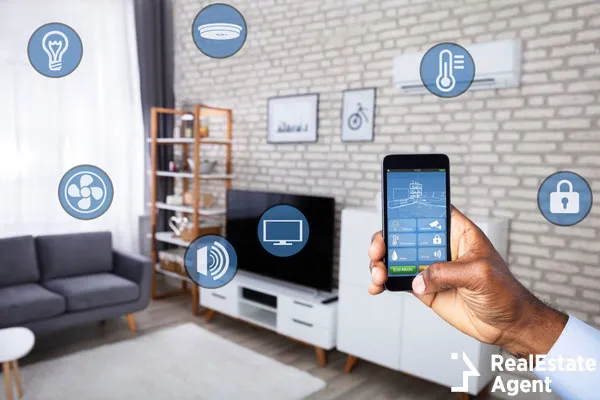
Phrases like “Alexa, turn on the AC!”, “Alexa, dim lights!”, “Alexa, open the front door!” or “Alexa, cook mac&cheese!” are becoming a regular in US households. Well, maybe not the last but it won’t be long till that becomes a reality as well. Having the ability to tell your home what to do has been a fantasy that for a long time was only seen in science fiction movies. Nowadays, it’s relatively old news. People know how voice commands work and some even set their coffee machine to have a freshly brewed cup of coffee in the morning when they wake up.
While the technology is relatively new, it definitely redefined modern living in the 21st century. The best thing about all the systems and protocols that came along through home automation is that it helps us limit the amount of energy consumption on a daily basis. While some save up more energy than others, they all help us decrease the amount of bad impact that our modern lifestyle has on the environment. By implementing home automation and transforming your home into a smart home you will also make your home more eco-friendly in the process.
Because home automation is a relatively new concept and people might still be on the fence about it, further on, we’ll break down the technology and how it can simplify your modern life.
What is Home Automation
By home automation, we understand the control of devices in your home through automation. Devices throughout your home are connected to each other, via the internet or other networking means, and can be controlled through various means. Through home automation, you can set your AC to start and stop based on a schedule, your lights to turn on and off when you’re not home, and many other things through set automation. As we mentioned that the devices communicate with each other, a motion sensor can tell a front door camera to record and send the live transmission to your phone, whenever someone approaches your home. But let’s see how all of this can work.
When we speak of home automation we refer to the way the devices are controlled and automated, how they work and communicate. However, home automation would be impossible without the Internet of Things. Commonly known as IoT, it refers to devices that you have around the home that aren’t normally connected to the internet or other networks but get access. These IoT devices can be everything from a coffee machine to the AC, a plug or a lightbulb and everything else in between that can be controlled through an app.
Home automation uses different communication protocols (Wi-Fi, LoRaWANa ZigBee, Bluetooth, etc.) to connect a network of IoT devices. These devices are managed on three levels:
- Monitoring - remote access to the devices;
- Control - remote control of the devices;
- Automation - setting up devices to work together and perform tasks.
All of the communication for a home automation system can be done either through a hub or through mobile applications that connect directly to the IoT device. Both options require internet connection, but while a hub can communicate with IoT devices through other protocols or networks, the mobile applications only access the IoT devices via the internet. This means that while a hub will add to the cost of the entire home automation system, without a hub, your Wi-Fi connection can get overloaded, depending on the amount of IoT devices connected at the same time.
Remote Control
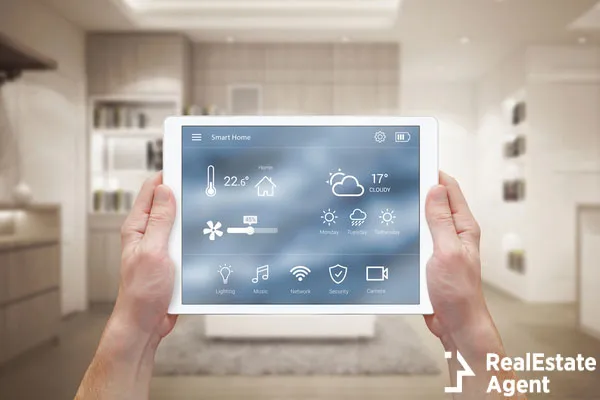
Without remote control, home automation would be futile. Remote control is the baseline of home automation and can be implemented either through a voice assistant or mobile application. This is not to be confused with the way communication occurs between IoT devices. This is all about how you get to control those devices, you as a user.
Voice Assistants
We already mentioned Alexa at the start of the article and gave you an idea of what it does. Still, the voice assistant is one of the ways through which you can control your IoT devices. Most of these devices work with the most common voice assistants on the market and we are sure you’ve at least heard of these three.
- Alexa - this voice assistant service comes from Amazon and is built into Echo Dot and Echo Show devices. It has a 79.8% answer accuracy and 99.9% understanding ability. It is integrated in most smart home devices from SimpliSafe, Vivint, and Ring Alarm.
- Google Assistant - Google’s voice assistant service might not have the same amount of skill and action ability as Alexa, but it does have a 92.9% answer accuracy and 100% understanding ability. To implement this in your home you’ll need a smart speaker or smart display like Nest Mini or Nest Hub.
- Siri - coming from Apple, Siri is integrated into the Iphone and while it does hold 35% of the voice assistant global market share, there aren’t many IoT devices compatible with Siri. With a 83.1% answer accuracy and 99.8% understanding ability, Siri falls behind when it comes to home automation.
Control Protocols
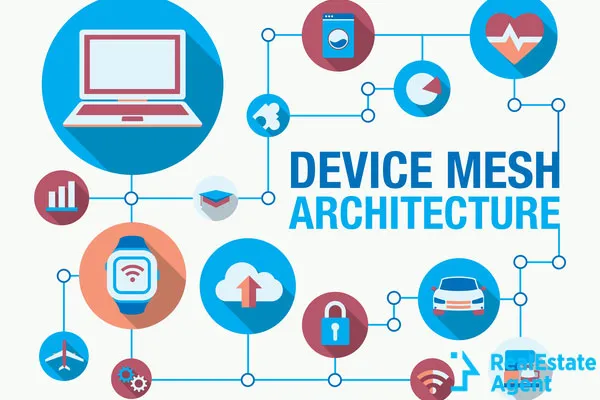
We briefly mentioned that IoT devices communicate with each other through protocol and the internet. Now, we’ll get into more details about these protocols and why some may be better than others, depending on the level of home automation you want to achieve.
WiFi
While this is the most commonly used protocol for IoT devices, we already mentioned how it can affect your Wi-Fi’s capacity by overloading it with menial tasks. It’s appeal comes from the fact that it doesn’t need a hub to operate but losing internet speed can be enough for some users to try something else. It’s biggest appeal, however, is it's friendliness as this technology is already used for most internet connected devices. A downside is that because of the fact that each device is separately connected to the internet, it makes all of them vulnerable to hacking.
LoRaWAN
Being the newest technology system, LoRaWAN isn’t the most commonly known or used, but through its implementation, you won’t only leave your Wi-Fi bandwidth alone, but you will also save up a lot of money on both the implementation and energy consumption. It uses license-free radio frequencies between 902 and 928 MHz, and allows the transmission of small packets of information over long-range (maximum record 476) at a low power consumption (equivalent of five laser pointers were used for that distance) running entirely on batteries. It’s safety factor adds to the overall appeal as the only device that is connected to the internet is the hub that controls all the devices.
ZigBee
Another option if you don’t want to affect your Wi-Fi bandwidth is ZigBee, a mesh network that uses the 915 MHz radio frequency. The difference between ZigBee and LoRaWAN is the distance they cover as this one is designed for close proximity. The energy consumption of these devices is also low but this limits the transmission between 32.8 and 328 feet.
Z-Wave
Similar to ZigBee, this communications protocol uses radio frequency to allow devices to communicate to each other and connect to the internet through a hub controller. It uses the 908.42 MHz frequency without overcrowding your Wi-Fi or Bluetooth networks while managing to cover an average residential home.
Bluetooth
The last one we’ll cover is Bluetooth. Another mesh technology that makes it possible to control and monitor Internet of Things devices. Aside from this, as a home automation system it makes it possible to implement automatizations throughout your home. However, depending on the classification, the range varies from less than 32 feet to 328 feet.
What is a Smart Home?
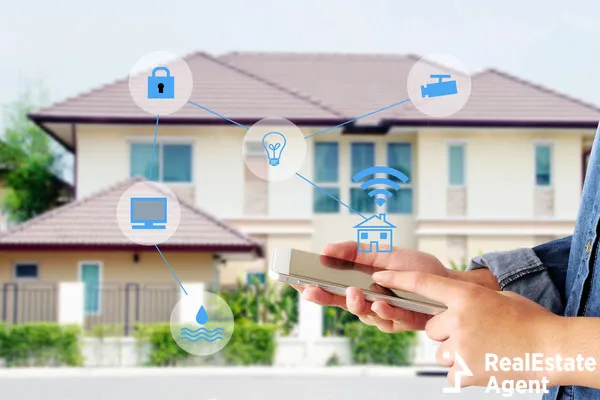
Any home that includes a home automation system is a smart home. The amount of automation devices can range depending on the protocols implemented within the smart home ecosystem. It’s important to note that not all protocols can work together so it’s better to only implement one that is universally applicable. While most automation systems DIY their installation and do not require a professional to implement, Vivint and ADT systems will increase the cost as they can not be installed by someone with limited knowledge regarding hardware and software systems.
Internet of Things Devices
There are many types of Internet of Things devices that can be implemented in a home automation system. The following are the most commonly used throughout the country.
- Lights - as the most affordable variant, lights offer convenience in turning the switch on and off, as well as dining options, a wide variety of colors and rhythm. Scheduling smart bulbs to turn on or off at certain times of the day also increases the security around your home.
- Locks - Imagine having a dog walker stop by your home or your home scheduled as an Airbnb while you're out of town, letting them in without getting up or even without being home. Another IoT device that increases the security around your home. It’s safer to be able to let someone enter your home through an app on your phone than by leaving a key beneath your mat.
- Security Systems - with so many innovations that will revolutionize home security systems, entry and glass breaking sensors and other monitoring systems are included in most security systems on the market.
- Security Cameras - getting notification for motion sensors is one thing, but getting a live feed from the area where the motion sensor went off sounds a lot better.
- Speakers - If you want to be able to hear Alexa, Siri or Google Assistant you’ll need speakers implemented in your home automation system.
- Thermostats - You’ll be able to adjust the temperature at home, from the office, set it on a schedule and save money on energy consumption.
- Others: TVs, remotes, smoke detectors, CO detectors, plugs, scales, alarms.
Safety Details
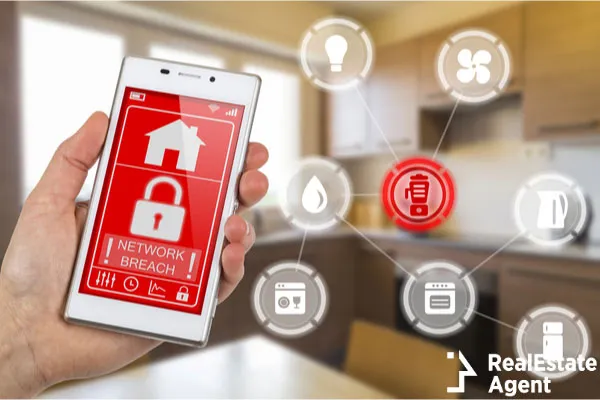
Security, in this day and age when a hacker can bypass security from even the highest branches of the government without even being in the country, should be of the utmost importance when it comes to home automation systems. While IoT devices are becoming more difficult to trace, it all comes back to the digital security implemented by the user, or homeowner.
Any device that connects directly to the internet is easier to hack so, if you can, veer towards those devices that do not require an internet connection to transmit data. While in those smart home ecosystems there is one device that needs to connect to the internet, the hub, it’s easier to implement digital security at a higher level for one device than to ensure that same level of security for each one individually.
Conclusion
The home of the future will have several of these home automation systems as a default setting. All you'll have to do is get it to respond to your voice, take note of your preferences and transform your smart home into exactly what you want. With the way this technology is advancing, sooner rather than later we'll set our smart kitchens to have our dinner ready and hot by the time we get home from work. Just think about how technology evolved over the last 40-50 years and you'll understand just how probable this scenario is.
The options remunerated above are available now and while we might still have a few years to wait for self cleaning rooms and self prepared three course dinners, the future is automated. Let us know in the comments below if you are thrilled or terrified at the idea, considering movies like The Matrix and I am Robot. Share & Like this article with friends and family so that the future doesn't catch them off guard.
















Have a question or comment?
We're here to help.